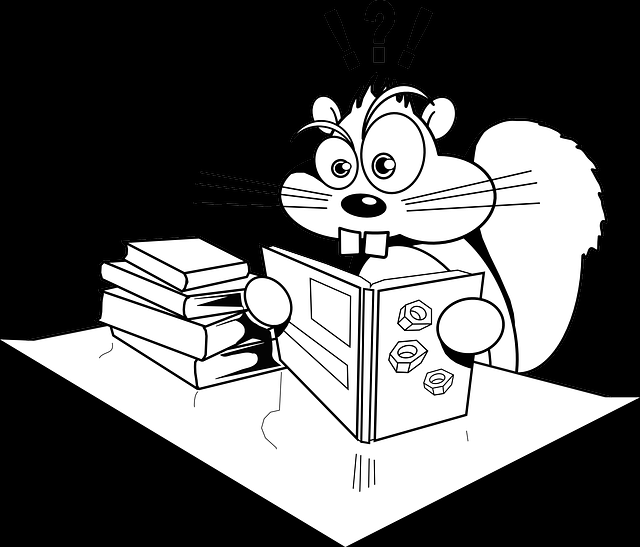英语中的状语用来修饰
动词、形容词、副词或者整个句子
状语位置灵活
可放句首、句中、句尾
比如:
Yesterday, I saw a cat.
I saw a dog yesterday.
状语的形式也非常多样
可以是单词、短语,也可以是从句
下面我们一起来看
状语都有哪些类型

1. 时间状语
说明动作发生的时间
She studies English every morning.
她每天早上学英语。
2. 地点状语
说明动作发生的地点
He found his keys under the sofa.
他在沙发下找到了钥匙。
3. 方式状语
比如描述动作如何发生:
She spoke confidently during the interview.
她面试时自信地发言。
或者动作、状态的强度:
I absolutely agree with you.
我完全同意你。
They rarely eat fast food.
他们很少吃快餐。
4.比较状语
This table is bigger than that one.
这桌子比那张大。
5.伴随状语
通常动作发生在一边…一边…的情况
或者保持某个状态,但同时还在做着什么事
I'm sitting on the chair, eating an apple.
我坐在椅子上,在吃一个苹果。
6. 原因状语
解释动作发生的原因
He stayed home because of the rain.
因为下雨,他待在家里。
7. 目的状语
说明动作的目的
She saved money to buy a new car.
她存钱是为了买新车。
8. 结果状语
表示动作导致的结果
He ran so fast that he won the race.
他跑得很快,结果赢了比赛。
9. 条件状语
说明动作发生的条件
If it rains, we’ll cancel the picnic.
如果下雨,我们就取消野餐。
10. 让步状语
表示“尽管...但...”的转折关系
Although it was cold, she went out without a coat.
尽管天气冷,她还是没穿外套出门。
举一反三:
She quietly finished her homework before dinner.
你能找出下面句子中的状语并分类吗?
|
|
 /1
/1 